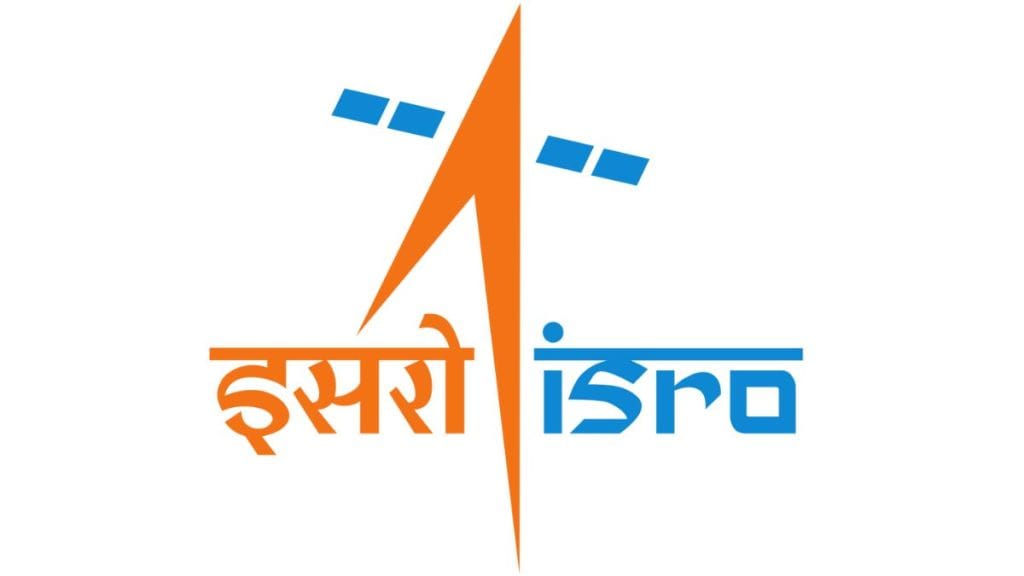The coming year, 2023, is set to oversee a record number of ambitious launches from Indian Space Research Organisation (ISRO). Until recently, ISRO was keen on focusing on launching only one major mission at a time. With growing prowess in reliable space missions, the agency has increased its bandwidth for milestone missions in 2023.
Aditya-L1
This is a planned mission by the ISRO to study the Sun’s corona or outer atmosphere. The mission is named after one of the many names for Sun in Sanskrit -Aditya. The Aditya-L1 spacecraft is intended to be placed in a halo orbit around the first Lagrange point (L1) of the Sun-Earth system, which is a location about 1.5 million kilometres from Earth where the combined gravitational pull of the Sun and Earth allows a spacecraft to remain relatively stationary to the Sun.
The mission is expected to include several scientific instruments, including a coronagraph to study the solar corona and a spectropolarimeter to measure the magnetic field of the Sun. The mission is also expected to include a payload for studying solar energetic particles, high-energy particles that can be accelerated to near the speed of light by solar processes.
The proposed date of launch for the Aditya-L1 is February 2023.
Chandrayaan-3
This is a planned mission by the space agency to send a spacecraft to the Moon. Chandrayaan, which means “moon vehicle” in Sanskrit, is a series of lunar exploration missions undertaken by ISRO. The first mission, Chandrayaan-1, was launched in 2008 and included a lunar orbiter and an impactor spacecraft that intentionally crashed into the Moon’s surface. The second mission, Chandrayaan-2, was launched in 2019 and included an orbiter, a lander, and a rover.
In general, lunar exploration missions like Chandrayaan-3 can be used to study the Moon’s composition, geology, and history, as well as to test technologies and techniques that could be used in future human missions to the Moon or other celestial bodies. The Moon is also a valuable platform for studying the effects of the space environment on humans and equipment and for conducting scientific experiments that could be challenging to perform on Earth.
The mission will also carry a Lander, learning from the Chandrayaan-2 mission. The Lander will be fitted with a Laser Doppler Velocimeter (LDV). An LDV is an instrument that uses lasers to measure the velocity of an object.
Chandrayaan-3 will likely be launched in July 2023.
In between these two major missions, ISRO will also launch an X-ray polarimeter satellite. X-ray polarimetry is a technique used to measure the polarisation of X-ray radiation, which can provide information about the physical properties and conditions of celestial objects, such as the magnetic fields of stars and the structure of the hot plasma in the atmospheres of galaxies.


